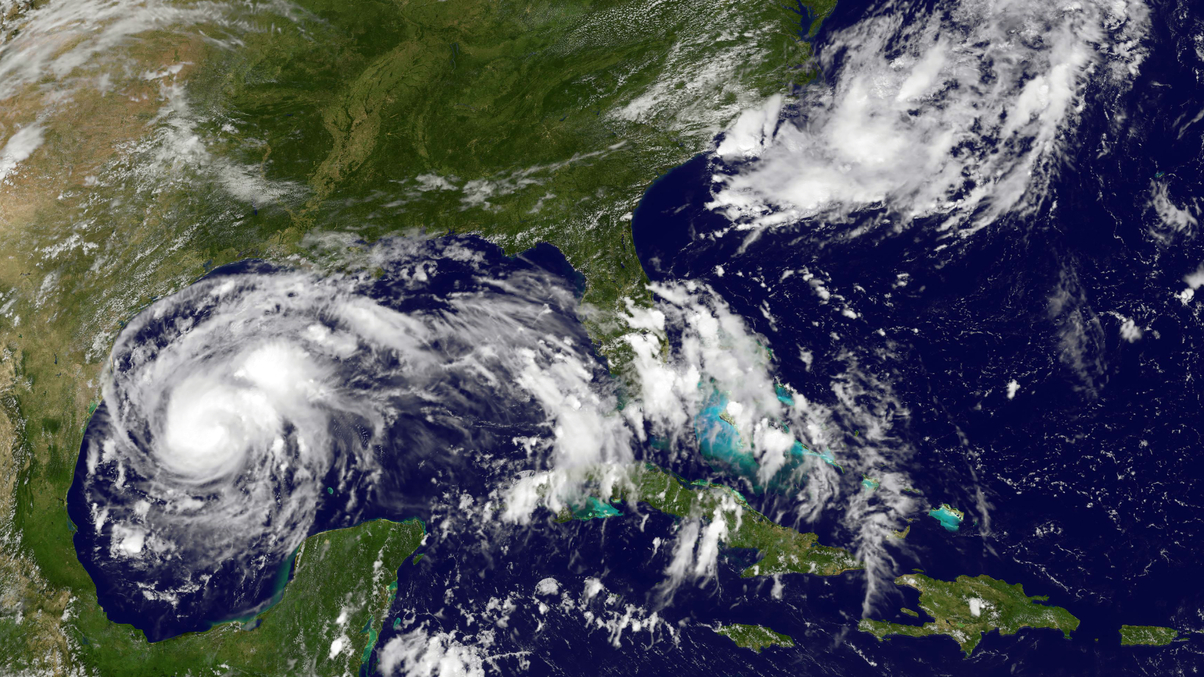Oil weathering storm but still faces long-term shortages
The impact of Hurricane Harvey on energy commodities is seen as limited, but more weather disruptions are likely, and investors expect long-term oil price gains.

While they believe the impact of Hurricane Harvey on energy commodities will be limited to the coming weeks, investors are predicting long-term gains in the oil price.
Sign In to Your Account
Access Exclusive AsianInvestor Content!
Please sign in to your subscription to unlock full access to our premium AI resources.
Free Registration & 7-Day Trial
Register now to enjoy a 7-day free trial—no registration fees required. Click the link to get started.
Note: This free trial is a one-time offer.
¬ Haymarket Media Limited. All rights reserved.


